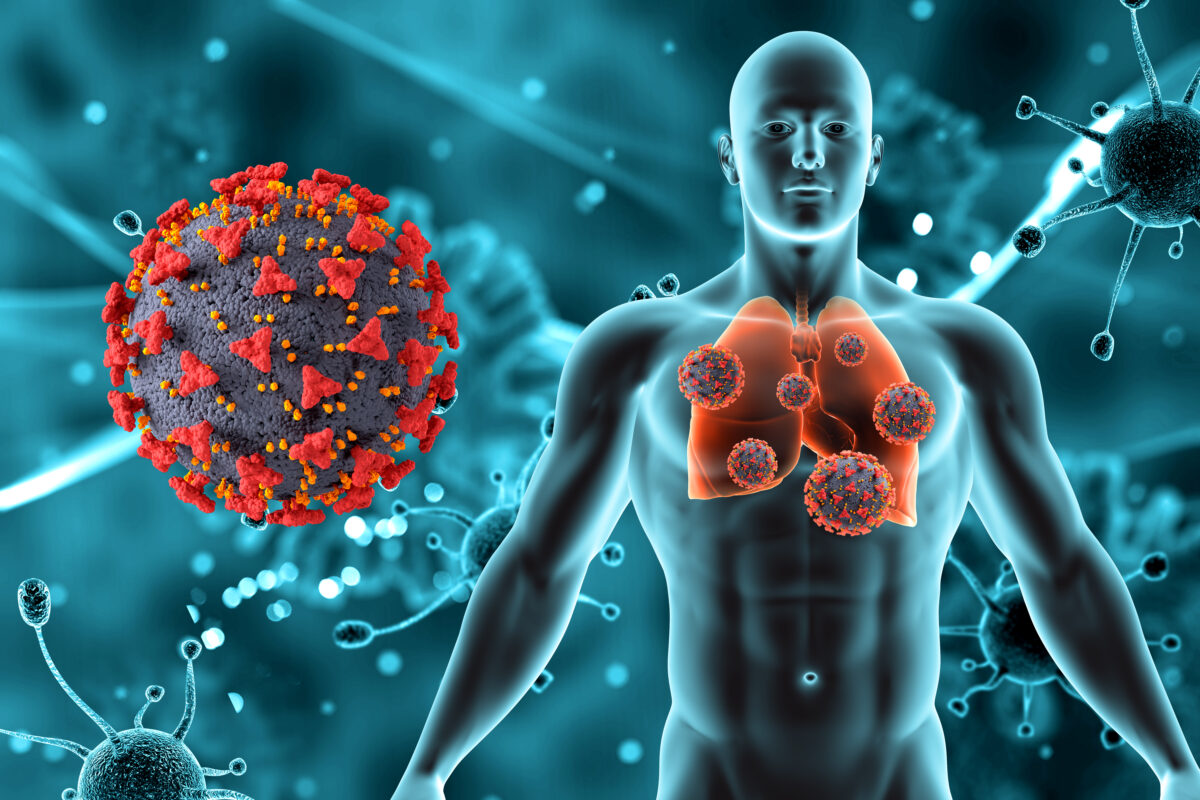⚠️ Medical Disclaimer
Important: This content is for informational and educational purposes only. It should not be used as a substitute for professional medical advice, diagnosis, or treatment. Always consult with a qualified healthcare provider before making changes to your diet, taking supplements, or if you have questions about a medical condition. Never disregard professional medical advice or delay seeking it because of information you read here.
Last Updated on April 22, 2025 by Grace Oluchi
Tuberculosis Is Still a Global Threat in 2025
Many assume tuberculosis (TB) is a disease of the past, but millions still contract TB worldwide each year. According to the World Health Organization (WHO), TB remains a leading cause of infectious disease deaths globally in 2025. This article breaks down the latest facts, prevention strategies, and treatment advancements so you can stay informed and protect yourself.


📢 Expert Insight:
🗣️ “Despite medical advancements, TB continues to challenge healthcare systems worldwide. The key to controlling TB is improving early detection, access to new treatments, and enhancing vaccine efficacy.” – Dr. Maria Rodríguez, Infectious Disease Specialist, WHO
What Is Tuberculosis (TB)?
TB is a highly contagious airborne disease caused by the Mycobacterium tuberculosis bacteria. The infection primarily targets the lungs but can also affect bones, the brain, and kidneys (extrapulmonary TB).
🔬 How TB Spreads:
✅ When an infected person coughs, sneezes, or even talks, TB bacteria are released into the air. ✅ People nearby inhale these tiny droplets, allowing bacteria to enter the lungs and start multiplying. ✅ The body’s immune system may contain the bacteria in a granuloma (latent TB) or fail to stop its spread (active TB).
Global TB Statistics in 2025 (WHO & CDC Reports)
📌 10.6 million people contracted TB in 2024, and the numbers remain high in 2025.
📌 1.3 million deaths occurred from TB in 2024, making it one of the top 10 global killers.
📌 Drug-resistant TB cases increased by 3% due to poor treatment adherence and antibiotic misuse.
📌 TB remains the leading cause of death among HIV-positive individuals.
🌍 Regional Impact of TB in 2025
📍 Sub-Saharan Africa: HIV-TB co-infection remains a critical issue.
📍 South Asia: Rising multidrug-resistant TB (MDR-TB) cases.
📍 Eastern Europe: High latent TB rates due to socioeconomic disparities.
🔗 Read the CDC’s Latest TB Prevention Guidelines
New Insights: AI & Genetic Research in TB Diagnosis
Researchers are now using Artificial Intelligence (AI) and genetic sequencing to detect TB earlier than ever before:
🧬 Genetic Testing: Helps identify drug-resistant TB strains before symptoms develop.
🤖 AI-Based Chest X-ray Analysis: Google Health and WHO pilot AI tools to scan TB faster in high-burden countries.
🔗 More on AI in TB Detection
What Causes Tuberculosis?
TB is caused by the Mycobacterium tuberculosis bacterium, a slow-growing pathogen with a thick, waxy cell wall, making it resistant to many treatments.
Risk of TB Transmission Increases In:
🏠 Crowded spaces (prisons, homeless shelters, refugee camps, schools).
🤝 Close contact with an infected person (household transmission is common).
🩺 Weakened immune system (HIV/AIDS, diabetes, chemotherapy patients).
TB & Respiratory Diseases: Cross-Discipline Impact
🔗 TB has connections with lung diseases like pneumonia and COPD (chronic obstructive pulmonary disease), which increase TB vulnerability.
🔗 Studies link air pollution and poor urban sanitation to higher TB transmission rates.
🔗 Researchers explore whether climate change (temperature & humidity shifts) contributes to TB outbreaks.
🔗 Read More: TB & Environmental Health Impact
Prevention Strategies & The Push for TB Eradication
💉 Vaccination: The BCG vaccine provides partial TB protection, especially for infants. However, new vaccines are under development.
🦠 Early Screening: Regular TB tests for high-risk individuals can help detect and treat latent TB before it becomes active.
🏡 Ventilation & Hygiene: TB bacteria spread in closed, poorly ventilated areas. Opening windows and maintaining airflow reduces transmission risk.
😷 Mask Use: In high-transmission regions, wearing masks in crowded spaces significantly reduces infection chances.
📌 TB Eradication Challenges & Future Possibilities: ✅ WHO aims to reduce TB deaths by 90% by 2035, but drug resistance and vaccine limitations slow progress.
✅ New mRNA-based TB vaccines could revolutionize prevention efforts in the next 5-10 years.
🔗 Latest WHO TB Treatment Guidelines
Tuberculosis Treatment: What’s New in 2025?
🆕 Shorter TB Treatment Regimens:
✅ New WHO-recommended 4-month TB drug course (instead of 6 months).
✅ Bedaquiline-based regimens reduce MDR-TB (multidrug-resistant TB) cases.
Global TB Prevalence Map (2025)
Below is a map showing TB prevalence by region, based on WHO data from 2025:
Global TB Prevalence Map (2025)
Source: World Health Organization (WHO), 2025
Exclusive Case Study: Real-Life TB Recovery Story
📌 Meet Ana, a 27-year-old TB survivor from Brazil. Diagnosed with MDR-TB in 2022, she underwent a bedaquiline-based regimen and successfully completed her treatment in 2024.
💬 “Early diagnosis and new treatments saved my life. The journey was tough, but access to the latest TB therapies made all the difference.”
🔗 More on MDR-TB Patient Stories
Final Thoughts: The Future of TB Prevention
Despite medical advancements, TB remains a global challenge. However, new vaccines, AI-driven diagnosis, and shorter drug regimens offer hope for better control and eradication.
📌 How Likely Is TB Eradication by 2035? 🔹 Optimistic Scenario: High-burden countries expand vaccine access → TB cases decline 80% by 2035.
🔹 Challenges: Drug resistance, healthcare inequalities, and political instability may delay eradication beyond 2040.
📢 Share this article to raise TB awareness in 2025!

